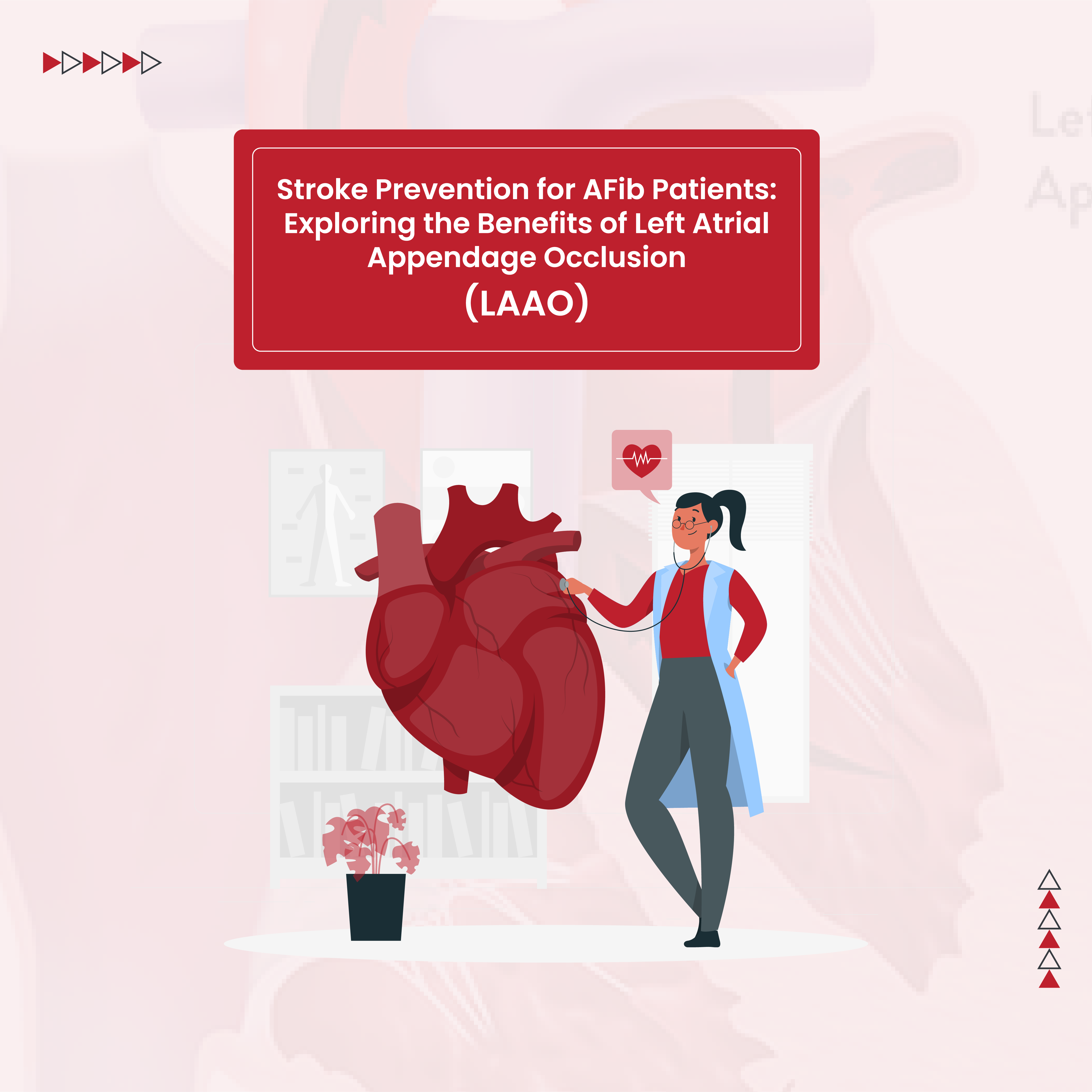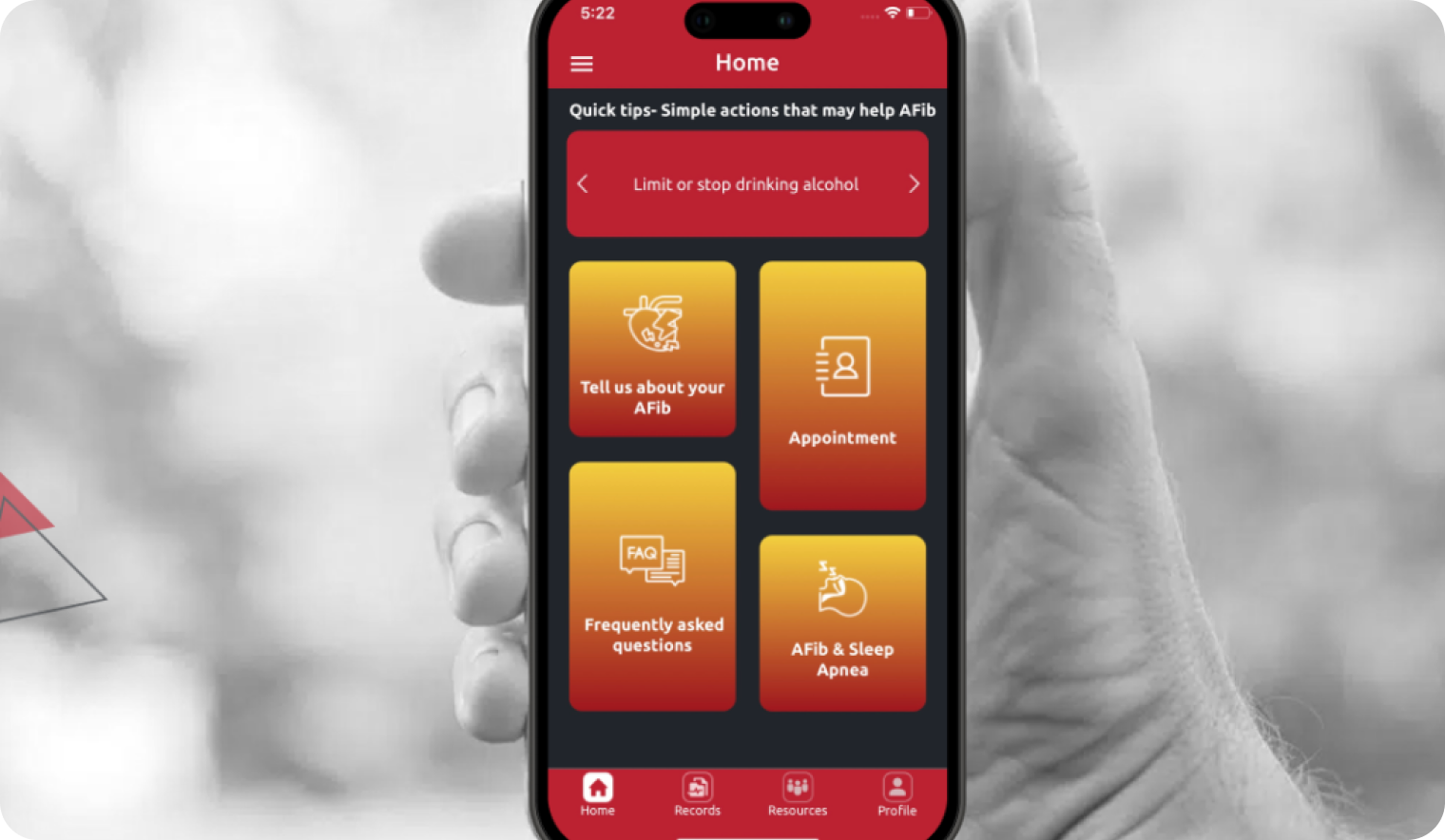Successful treatment of atrial fibrillation is highly individualized. Traditionally, treatment has focused on rhythm control, rate control and anticoagulation. Rhythm control is when medications or an ablation are used to help keep the heart in a normal rhythm. Rate control is when medications are used to help keep the heart rate from going too high when a person is in AFib. Anti-coagulation refers to medications that are used to thin the blood to reduce the risk of stroke. However, over the past few years, studies have shown that lifestyle changes such as weight loss, increased physical activity and minimizing alcohol intake can have a positive impact on atrial fibrillation.
WEIGHT LOSS
Obesity is an important contributor to atrial fibrillation. Obesity is defined as a body mass index over 25 kg/m 2 (BMI Calculator). For every 5 point increase in BMI there is a 29% increased risk in the development of atrial fibrillation. Not only does obesity increase the risk of developing atrial fibrillation, it also increases the risk that atrial fibrillation will progress from being an occasional occurrence (paroxysmal atrial fibrillation) to being permanent (meaning there are no longer periods of normal rhythm).
Just as weight gain can increase the risk of atrial fibrillation, studies have shown that weight loss can decrease atrial fibrillation. In fact, a recent study showed that 88% of patients with persistent AFib, who lost at least 10% of their body weight, went from having persistent AFib to having either paroxysmal atrial fibrillation or became AFib free. Studies have also shown a significant reduction in AFib after bariatric surgery (ex. Gastric bypass).
PHYSICAL ACTIVITY
Physical inactivity contributes to known AFib risk factors such as obesity and high blood pressure. However, research shows it is an independent risk factor for atrial fibrillation. For example, if you take two groups of people who are equally overweight and one group is moderately physically active and the other is sedentary, the group that is more physically active will have a lower incidence of atrial fibrillation. It is recommended that adults get 150 min/wk of moderate level physical activity to improve cardiovascular health. An easy way to determine whether or not you are exercising at a moderate level is to exercise to the level where maintaining a conversation is still possible but it takes some effort. A combination of cardiovascular exercise and strength training is beneficial. Also, exercise such as Yoga or Tai Chi have been shown to decrease AFib burden. As with many things in life, moderation is key. People who engage in extreme levels of exercise, such as with endurance athletes, may have a higher risk of atrial fibrillation.
ALCOHOL
Alcohol can irritate the heart’s electrical conduction system and trigger atrial fibrillation. If someone is already in AFib, alcohol can also act to sustain it. The key again, is moderation. Up to 1 drink/day for women and 2 drinks/day for men has not been shown to have a relationship to atrial fibrillation. However, drinking more than this or binge drinking has been shown to increase the risk of AFib. Our team will work with you to identify risk factors like obesity, physical inactivity and excessive alcohol intake, which contribute to the onset of AFib, and offer options for personalized lifestyle modifications that can decrease risk of recurrence.
Continue reading the next install of The Scoop where we cover how to treat AFib through medications.








